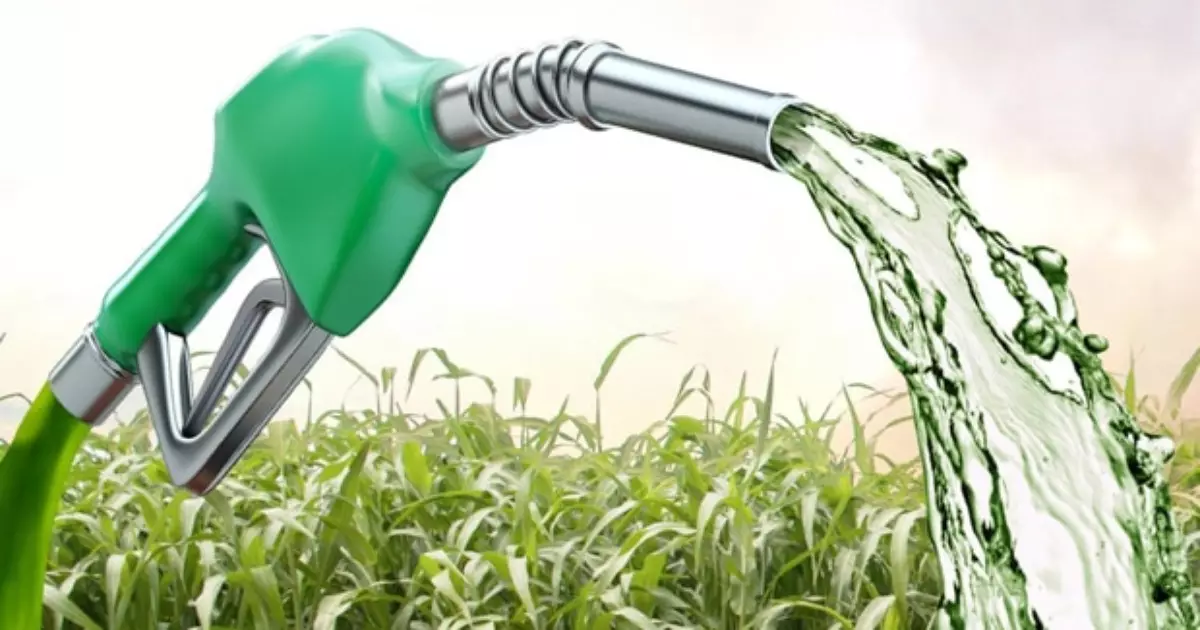
Proalcour’s strategy was to increase the amount of ethanol added to gasoline, export this surplus derivative, and import oil to produce diesel.
On November 14, 1975, Brazil took the important decision to create the National Alcohol Program (Proálcool) to reduce its dependence on imported oil. The first oil shock in 1973 caused a major shock to our country’s economy. At this time, the price of barrels had quadrupled and domestic production was only 20% of consumption. A second shock occurred in 1979, and prices more than doubled.
Before flex fuel, there were cars that ran only on alcohol.
Proalcour’s strategy was to increase the amount of ethanol added to gasoline, export this surplus derivative, and import oil to produce diesel. Only a portion of circular vehicles were converted to use ethanol (ethyl alcohol), and manufacturers began offering cars that ran exclusively on plant-based fuels. The country created autonomous plants that produced only fuel, while other plants produced ethanol and sugar.
A domestic crisis occurred in the late 1980s, when the federal government cut subsidies, reduced sugarcane plantings, and created ethanol shortages. A mixture called MEG (methanol, ethanol, gasoline) was also imported to avoid rationing. There was a line at the gas station. Things calmed down, but it was only with the launch of flex-fuel vehicles (Gol 1.6) in 2003 that ethanol regained its position. These accept petroleum derivatives or vegetable fuels, pure or mixed in any proportion.
Currently, 33% of flex engines use hydrated ethanol.
Ethanol is once again becoming more important due to CO2 emissions. During the process of photosynthesis, sugarcane plantations sequester up to 80% of CO2 (carbon dioxide) and return oxygen to the atmosphere, combating the greenhouse effect that causes global warming. Recently, Brazilian corn has also gained importance in ethanol production, following the example of the United States, which is the world’s largest producer of ethanol fuel, which is used in Brazil in addition to gasoline.
Today, on average, 33% of Flex engines (installed in 85% of light vehicles in circulation) use hydrated ethanol. Gasoline is mixed with 30% anhydrous ethanol. That adds up to almost two-thirds.
It is important to emphasize that corn and sugarcane do not interfere with food production. In both cases, by-products are generated in addition to the plant fuel. Sugarcane is even more versatile as it uses bagasse, straw, vinasse, filter cake and yeast, while corn provides protein, fiber and mineral rich bran for animal feed.



